How to Castle in Chess?
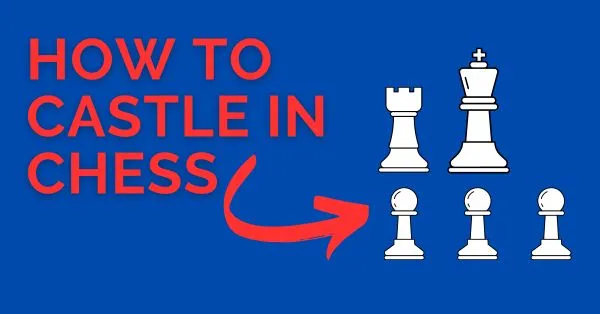
In the intricate game of chess, mastering fundamental moves is the key to success on the board. Among these, ‘castling in chess’ stands out as a crucial and strategic maneuver. If you’ve ever wondered, “How to castle in chess?” or thought about the perfect moment to execute this move, you’re in the right place.
In this article, we will learn the art of castling in chess, breaking down the process step by step. From understanding the rules that govern this move to recognizing the opportune moments when you can use it to its fullest potential.
Whether you’re a novice player looking to bolster your skills or an experienced chess enthusiast aiming to refine your technique, learning how to castle in chess will undoubtedly enhance your overall gameplay. So, let’s dive in and understand the secrets behind this essential art of Castling.
What is castling in chess?
Special moves are allowed in specified situations when the board is in a favorable state.
There are three sorts of special maneuvers in general. The first special move is Castling.
During a normal turn, a player may only move one piece at a time and cannot maneuver around other pieces. In chess, however, Castling in chess is an exception to this rule. ‘Castle the King’ is another name for this chess move.
This unique move allows the player to move two pieces at the same time and “jump” one piece over the other. However, for castling to be legal, the board piece placement must be precisely configured.
King-side
Now we learn how to castle on the Kingside or short castle in chess. You should follow these rules without fault.
Queen-side
The procedure for how to castle on Queenside or long castle in chess is identical to Kingside but in the reverse direction:
Why castle in chess?
It improves a player’s defensive capabilities while also enhancing their offensive potential by quickly shifting the king to a position shielded by pawns and positioning the rook in a crucial position.
Castling in chess is a wise move and is highly recommended for its potential to improve piece coordination, giving players a major edge throughout a chess game.
When Is It A Good Idea to Castle?
The next critical choice we must make in chess is when to castle. Almost always, Castling when you have the chance is a solid approach to keep the game going.
As a player progresses, there will be times in a game to select whether to castle Kingside or Queenside.
In such a case, we should do a qualitative study and weigh the most essential factors like:
- Space advantage
If the opponent has a space advantage on the Kingside or Queenside we should double-check before Castling on that side of the board. This is because lacking space reduces the mobility of our pieces that defend the king.
- Presence of open lines or the ability to swiftly open lines
The primary purpose of Castling idea is to move the king away from the open lines in the center. Therefore, moving the king to the side where there are open files is highly unwise.
- Piece majority
A piece majority on one side of the board can quickly start an attack on the castled king. So you must assess this factor carefully.
- Centre (closed or open)
A closed center does not call for immediate Castling. You can use the tempi for other objectives in the position.
A quote summarizes the importance of the above factors in an apt way
“Castle if you must, or because you want to, but not because you can!”
The rules
Precise chess castling rules are the basis for Castling in chess.
A player is ineligible to Castle if either the king or the rook involved has moved since the start of the game, requiring both pieces to remain in their original positions.
Additionally, you cannot Castle while the king is currently under threat i.e. You cannot castle in check.
Furthermore, if the king passes across a square that puts him in ‘check’, the move is not allowed.
These conditions make Castling impossible for the move. Therefore, to ensure Castling it is of great importance to tactically arrange pieces early on to protect the safety of the king and to avoid getting checkmated.
Learning When to Castle
The fundamental principle behind castling in chess is to improve the king’s safety and to get the rook to occupy central files. Let’s take a look at some positions and try to judge whether to castle immediately or later and in some cases not castle at all.
Position 1
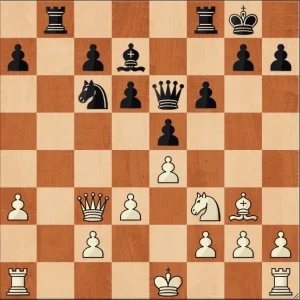
Should white castle Kingside or Queenside?
Black has two favorable factors.
- The presence of an open b file.
- Black has the time to quickly amass forces on the Queenside.
Therefore, it is not prudent to castle on the Queenside.
Position 2
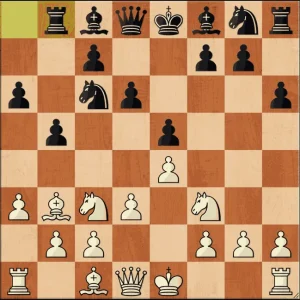
What to play as White? 0-0 or Be3
Be3 is a decent move as it develops a piece.
The location of the opposing king, however, is the most important factor of the position. The opponent’s king has yet to castle.
Going for the Queenside castle does not appear desirable since white might soon open lines. Black needs more time for Kingside Castle as the pieces are not yet developed.
In this situation, the most natural move is to move the white king to the side and open the central e and d files to launch an attack.
This scenario emphasizes the significance of Castling: Castling allowed white to acquire a significant advantage, whilst being unable to do so puts black in a disadvantageous position.
Position 3
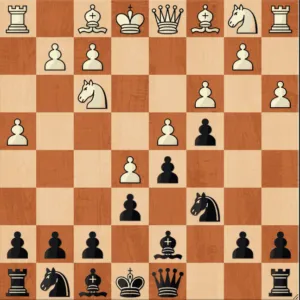
Choose how you would approach this position.
- To play Qc7 and quickly castle on the queenside
- Play f6 or Na5 to improve piece placement.
There are now no open lines for the rooks to play on, nor is the black king in immediate danger.
Castling is consequently given less importance and more attention given to placing the pieces and hindering White’s goals.
FAQs
How do you castle right in chess?
Castle right in chess in chess by moving the king two squares and then moving the rook adjacent to it. For Kingside Castling the King goes towards the right and for Queenside Castle goes towards the left.
When can you not castle in chess?
You cannot castle in chess with the following conditions. These are the Chess castling rules.
- If the King or Rook has previously moved.
- All squares between the rook and the king are not empty.
- The King is in check.
- The opponent’s pieces control any square between the king and the final destination square.
What is the rook-to-king switch?
The rook-to-king switch is castling in chess. Castling is a special move in chess that allows two pieces to move at once.
Can we do Castling after the check?
YES. Castling in chess is allowed after the check. Also, it is important to make sure that you follow other chess Castling rules in the current position.
Can you castle if the king is in check?
NO. If the King is in a check on the current move, then Castling is NOT allowed. When the king is in check, you can do these three things: Block the check, Capture the attacker, and move away from the check.
Do you want to know more about Castling? Look at Complete Guide as well as Attacking The Castled King.



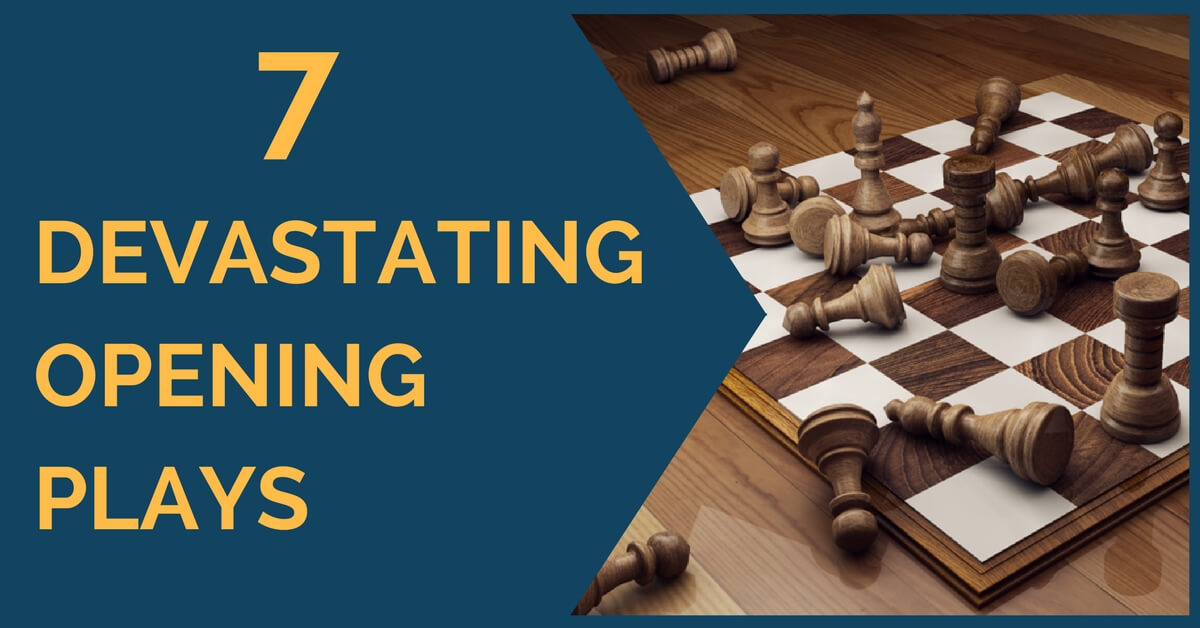
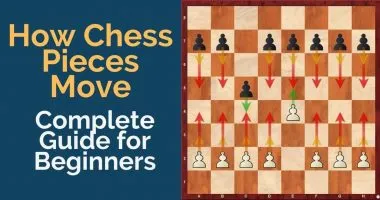





Comments: